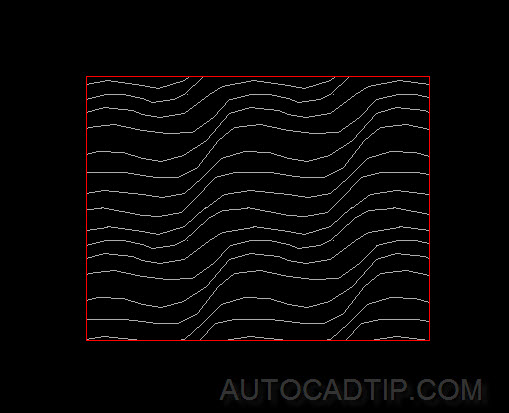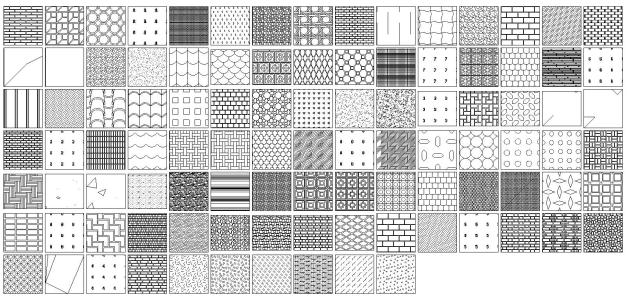

This will bring up the Fill Patterns dialog box which shows you all the fill patterns available. To create a new fill pattern, go to the Manage Tab, click on ‘Additional Settings’ and on the drop down click on Fill Patterns. This is especially true if you are coming from AutoCAD and you want your documentation to be consistent.Ĭreating your own custom Revit hatch patterns is actually quite easy if you follow the steps outlined in this blog post. Still open for advices and suggestion for 3d loops and creating custom hatch from a given HatchPattern object.A question I get asked about a lot (and I’m sure you have probably asked this yourself!) is how do I make my own Revit hatch patterns?! Revit comes with a bunch of great out-of-the-box patterns, but every company has there own particular ‘look’ where custom hatch patterns are needed.I haven't find a way for the Editor.TraceBoundary() to work with 3d loops yet. Note that this method only works on 2d loops ( regions, closed polylines, lines, curves. , I can implement my logic to draw the lines of the grid. Then, create the region that needed to be hatched and access its RegionAreaProperty.Extends to get the bottom-left and top-right point of the rectangle that contains my newly created region. Using the Editor.TraceBoudary() method, I can retrieve the loops I needed with the outer most loop will be the last entry in the return DBObjectCollection (a Polyline object to be precise).

About the custom grid lines drawing and querying: I got some ideas from these:.Thus, I receive the result from the default values. About customize the predefined hatch pattern: It is possible to do that, however the properties of the hatch must be defined in a certain order to have actual effect, or else it will be ignored and use the default value instead.įor example: in my case, I defined the value of HatchStyle before PatternScale and PatternSpace while it should be the other way around.


 0 kommentar(er)
0 kommentar(er)
